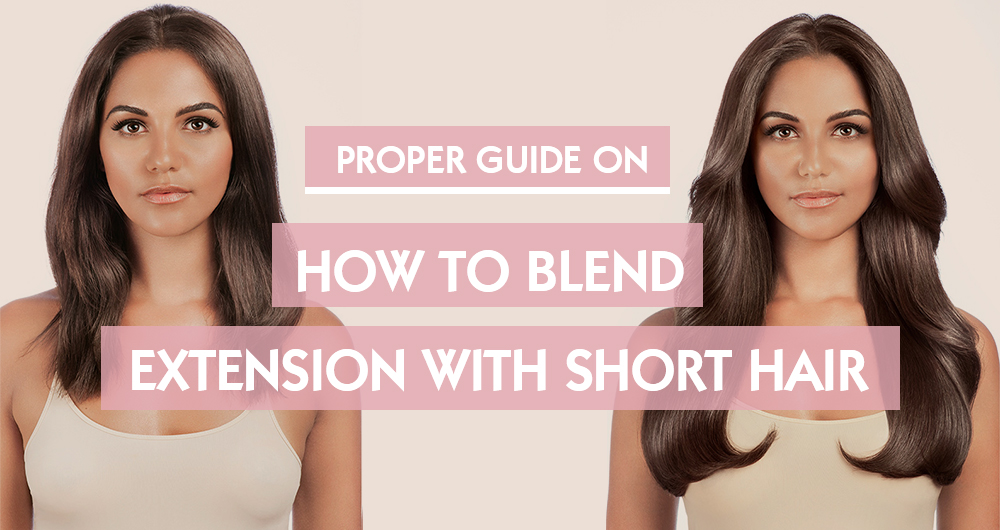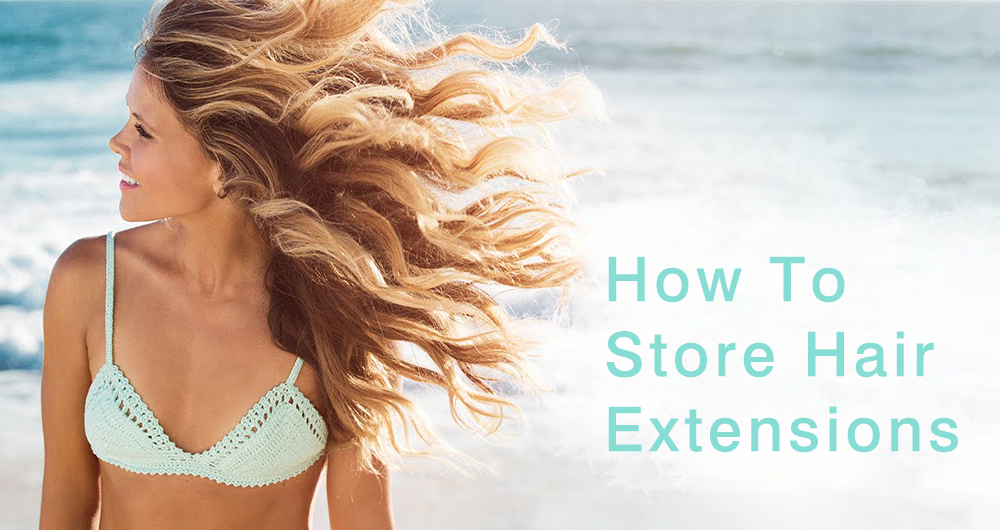Cornrow Braids from Childhood to Adulthood and Using Them to Grow my Natural Hair
Cornrow Braids from Childhood to Adulthood and Using Them to Grow my Natural Hair
About a foot away from my desk, a picture of a young girl in braids hangs on the wall. She looks about seven years old. Like bangs, the braids are cascading towards her face and there’s a white and a red barrette hanging midway on two of the braids. Though I can’t see them, braids are also at the back of her head because against her little nape, I can see beads at the ends of her hair.
Hair grease and a kid in cornrows
The little girl that I see in the photo, that’s me. I was smiling from ear to ear. I doubt I was smiling about my hairstyle, but I was always happy to get braids. Nostalgia. I clearly remember how my mother would sometimes lay me down across her lap, horizontally, while she braided my hair. Something about that experience always made me fall asleep and when I woke; my hair was done and forehead slightly greasy. I haven’t smelled Royal Crown hair grease in so many years, but if I were greeted with the scent today, I’d be able to name the product right away. I still remember that red, old-fashioned tin can with white text.
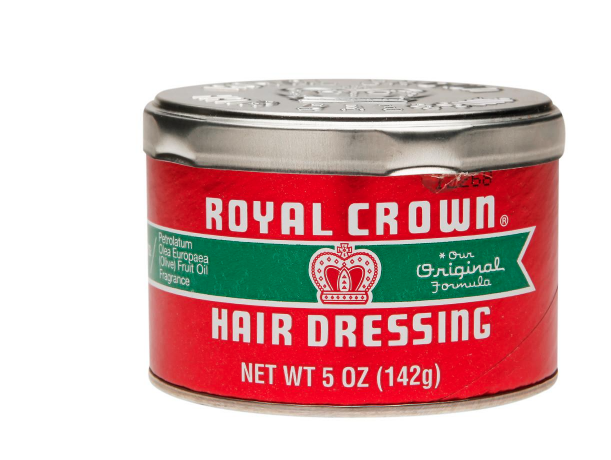
Back in the day, many Black mothers used it to care for her children’s Afro textured hair and it’s a product that’s still sold online and available in stores today. Why, because people are still buying it. Despite all the new products that are formulated with certified organic ingredients and created for natural hair, hair grease is still an old-timey favorite and faithful to a lot of people and a must-have in their hair care regimen. However, if you were to browse videos or search hair care forums about this vintage product, you’ll find articles from women who frown upon its ingredients, as well as claims that it clogs pores.
My thoughts? I don’t think using hair grease like Royal Crown is something to be afraid of when caring for Afro textured hair. Like any product, we just have to know how to use it. What works for one person will not necessarily work for another, and that’s okay because we’re individuals. As individuals, we have to learn our own hair. This means working with our hair, one on one.
Sometimes we’ll have failed hairstyles and there may be setbacks, but it’s about trial and error. Once we figure out the best hair care techniques for our individual hair type, texture, and porosity, we have to be patient and stick to them for a while to see if we notice positive or negative changes. In addition to technique, learning how to properly use products for our own unique head of hair is crucial, in my opinion.
Products to hair, is like food to the body. Hair products can both be nutritious to the hair and maintain its health, or they can be the culprits that deteriorate the hair’s health. What I put on my hair will determine how it looks, feels and how it reacts. If I use hair grease on my hair and scalp everyday without using a clarifying cleanser or shampoo to rid the hair of the grease, my pores will absolutely be clogged. My hair would lack luster and it would feel very coated and waxy due to product buildup. In my adult life, I’ve never used grease on my naturally curly hair, but it’s similar to using heavy butters, like Shea, or lighter oils, and I’ve used both. If I were to only use oils, heavy butters and no water-based moisturizers, my hair will break.
Oils and butters on my head of hair, alone, do not moisturize but dry the hair out. Whether it breaks at the ends or mid shaft, dry hair causes breakage and frizz. If you have naturally curly hair that’s dry, you may notice the shape of the curl won’t form the same as when the curls are moisturized. Moisture is very, very crucial to the health of any head of hair, no matter the type, texture or porosity.
Apparently; water, Luster’s Pink Oil Moisturizer and Royal Crown hair grease (despite the ingredients, were products that my mother thought worked best for my hair. She may have used others, but these were the products that stand out most, in my mind. There weren’t a lot of products available for Afro textured hair when I was a kid, so her options were limited. This is why I’m grateful for all the products that are available to us today.

For me, braids, barrettes and beads were just fun, girly and cute hairstyles, but for my mother; they were beneficial to her lifestyle. As long as my hair was kempt and cared for in braids, she had extra time to attend to other priorities without having to re-style my hair everyday for school.
A teenager longing for braid creativity
Speaking of school, I wore braids a lot in grade school. In reference to my hair, my mother had more patience with me as a kid because being the mother and the boss; she had sole control over my hair. When she braided it, the braids stayed until she decided to take them down. But as I got older, my mom didn’t want to braid my hair anymore because I would take them down too soon. I got bored pretty quickly with hairstyles. I wanted creativity and took an interest to braids with intricate designs. I wore fishbone braids, zigzag braids, jumbo box braids and once, I wore wooden beads at the ends like Alicia Keys. I was very attracted to the singer’s braided styles. She had a head full of naturally curly hair, but her hairstyles were mainly cornrow braids. I loved her center braid and beads. I loved almost all of her styles!
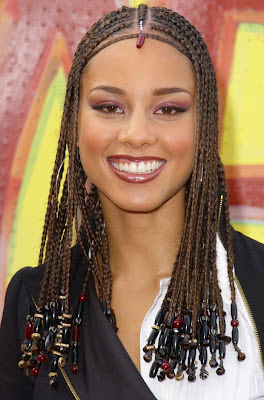
Women wore this style decades before Alicia, and Alicia wore it over a decade ago, but recent styling tutorials on YouTube, some titled, “Alicia Keys Inspired Braids,” prove just how much her hairstyles influence and inspire us.
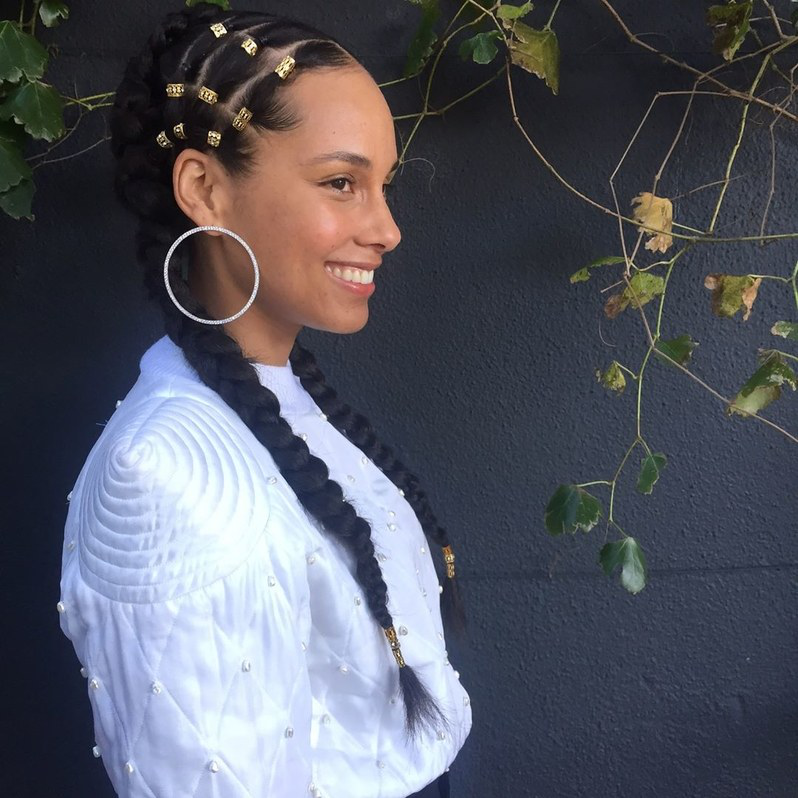
Since my mother was tired of me asking her to braid my hair, a girl at my high school started braiding it. Initially, she charged $10 USD for braids but later, her price increased by $5. About twice a month, I would go to her home, show her a printed photo {no Instagram back then} and ask her to recreate the style for me. Sometimes my hair turned out nicely but whenever I didn’t like it, disappointed, I would go home and take it down regardless of the money spent. When speaking about my hair, I wasn’t easy to please, that’s why I knew I had to learn how to braid my own hair. Years later, I did.
A quick tip on learning how to braid
I’ve come so far with my braiding skills, but I definitely have room for improvement. When I first started braiding, I was absolutely horrible at it. The braids were so twisted and bunched up, they were laughable. Before getting a mannequin, I used to practice on my own hair.
If you want to learn how to braid, for beginners, I would suggest getting a mannequin head. That way you can practice without over manipulating your own tresses, or asking others to practice on their hair. You can find mannequin heads with different hair textures, ranging from curly to straight and lengths from short to long. I have a mannequin head with Afro curly hair. Her name is Destiny (clic#SC3206). When wet, her hair is about a 3b-3c, when dry, it looks much kinkier. Because of the mannequin’s kinky hair texture when it’s dry, it’s very easy to grip and work with, so using it to practice braiding would be great for beginners. Destiny looks similar to the mannequin below.
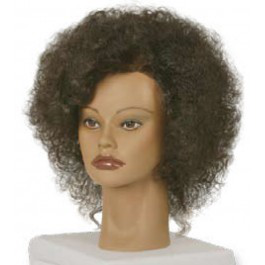
If I may offer a tip for practicing, either on your own head or a mannequin, I would say focus on what your hands are doing and not on what the braids look like. If you’re in the middle of a braid, don’t stop if you feel you’ve messed up, keep going. Take the same braid down or start a new one and keep practicing over and over again. As a beginner, it’s best not to keep looking in the mirror as you’re braiding. When I used to look in the mirror, I was more focused on what the braid looked like and less focused on how my hands were maneuvering. When you concentrate on your finger movement without a mirror, your mind will be focused on how your fingers are physically moving in order to create the braid. If you look in the mirror and see a successful braid, you’ll remember what your fingers were doing to achieve that braid. Try it, you’ll see! Also, relax your fingers to avoid finger fatigue and don’t try to braid too tight. Good Luck!
Braided protective styles
I’ve always been a braids girl, and since reading this article, you’ve learned that about me. Whether it’s a hairstyle with a head full of curly clip-ins, or a curly frohawk, my style just doesn’t seem complete without at least one braid. I like to jazz up my braids with accessories like embroidery thread and hair cuffs.
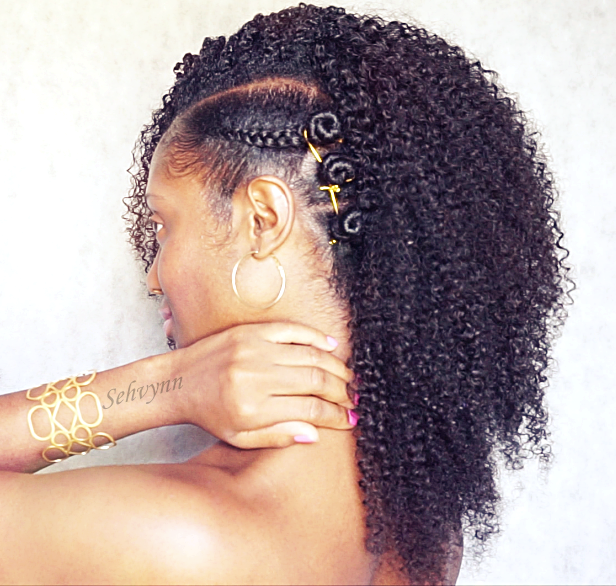
- Two cornrow braids or halo/semi-halo braids are quick and easy go-to protective styles for many naturalistas because they’re cute, chic and effortless. If you want two simple cornrow braids and want to add length, try the feed-in braiding method or add braiding hair only to the ends. You can also use clip-in extensions while braiding. If you choose to do straight back braids, add the clip-ins to the hair with the clips placed sideways or vertical, this way, the clips won’t show and it’ll be easier to braid the extensions along with your natural hair.
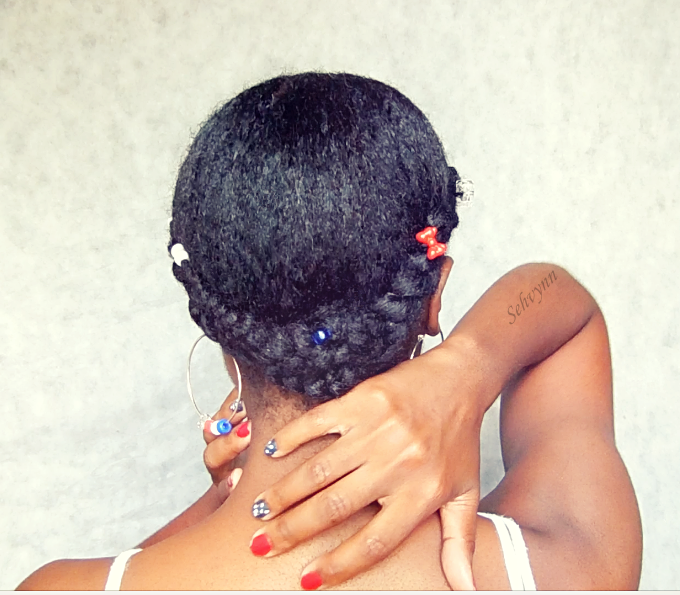
- Box Braids: Although box braids have always been popular, when Janet Jackson starred in the film, Poetic Justice, ladies were inspired to braid their mane like the superstar. It’s been over 20 years since the film’s debut, and ladies are still inspired. You can find YouTube tutorials titled, “Poetic Justice Braids,” from ladies who have shared their own version of this box braided, high ponytail with headband look.
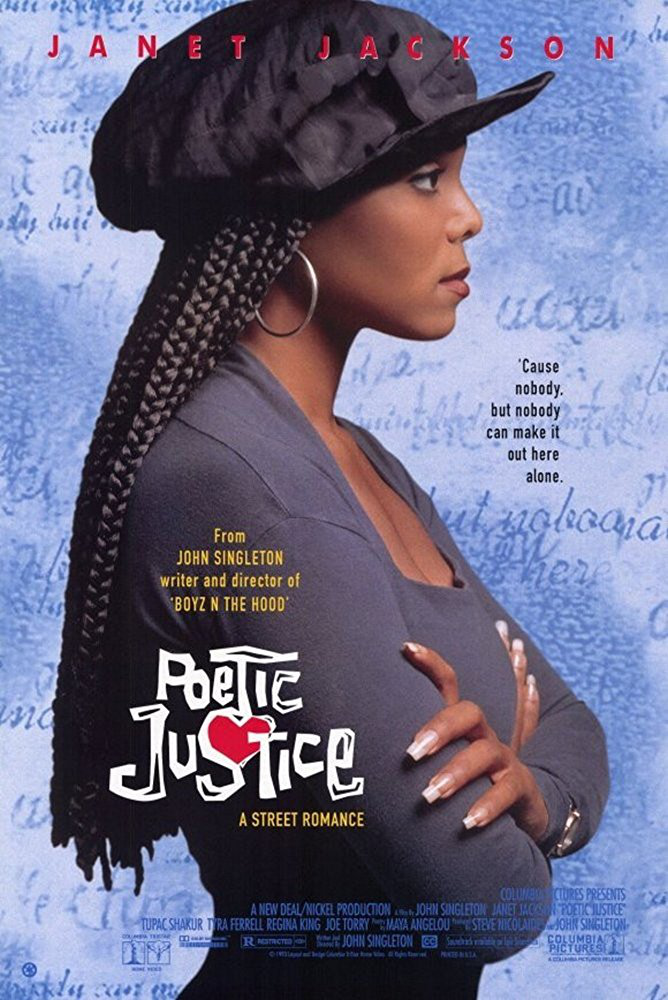
We can express ourselves and achieve so many different styles with box braids. Rainbow and pastel colored braids are excellent for color lovers in the summer. If you’ve color treated your natural hair, but desire box braids in a different hue, you can hide your own hair color within the extensions to get the full color effects of the hair extensions. (Check out some tutorials for help). Although you can see Alicia’s natural hair color showing through her braids in the photo below, her braids are still very bold, bright and beautiful.
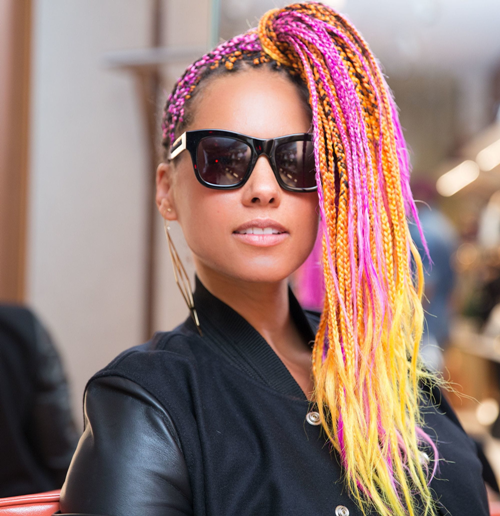
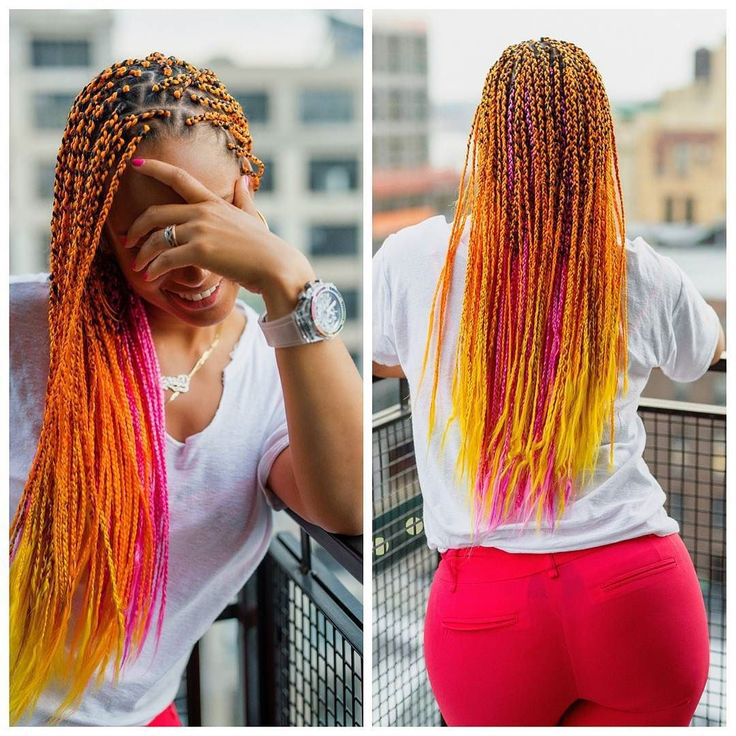
Cornrows: The foundation underneath my extensions
From wigs, to tape-ins, to clip-ins, to sew-ins, thousands of women around the world wear hair extensions. Everyone has his or her own reason for doing so and though more women than men, men wear wigs and extensions too and I’ve seen some flawless work! But while we’re wearing extensions, what’s going on with our own hair underneath? A lot of people don’t know how to braid, or find braids to be too time consuming, so they’ll do two strand twists, flat twists or buns. If they have very short hair, they’ll slick it down really nicely with a gel or conditioner, let it dry and put on a stocking or wig cap. For many others, they don’t do anything special to their hair underneath; they’ll just throw on a wig and go on about their beautiful day.
Why I choose cornrows
I choose braids rather than twisting or a bun because for my hair, this is how I get the flattest foundation for laying my wigs or extensions. When wigs lay flat to the head, they look neater, natural, and they’re easier to style because there’s no bulkiness underneath. Because of my hair’s thickness, if I try to apply a wig on top without first sleeking it down, braiding or twisting it, more than likely my wig won’t fit properly and the improper fit will be very noticeable. I also choose braids because they last the longest. When I braid my entire head of hair for wigs, it’s usually with the intent to keep the braids installed for longer than a month.
Beehive braid pattern
Just like many other patterns, the Beehive Braid Pattern is a multi-purpose styling pattern. You can wear crochet hairstyles, sew-ins, clip-ins, and wigs with this pattern. Some people like to leave their natural hair out around the perimeter or leave a bit of their natural hair out near a side or middle part. The purpose of this is to cover the extension wefts and to make the hairstyles look more realistic. If you’re doing this pattern on your own head for the first time, it may take a moment to get comfortable with maneuvering your hands while braiding in a circular pattern, but you can do it!
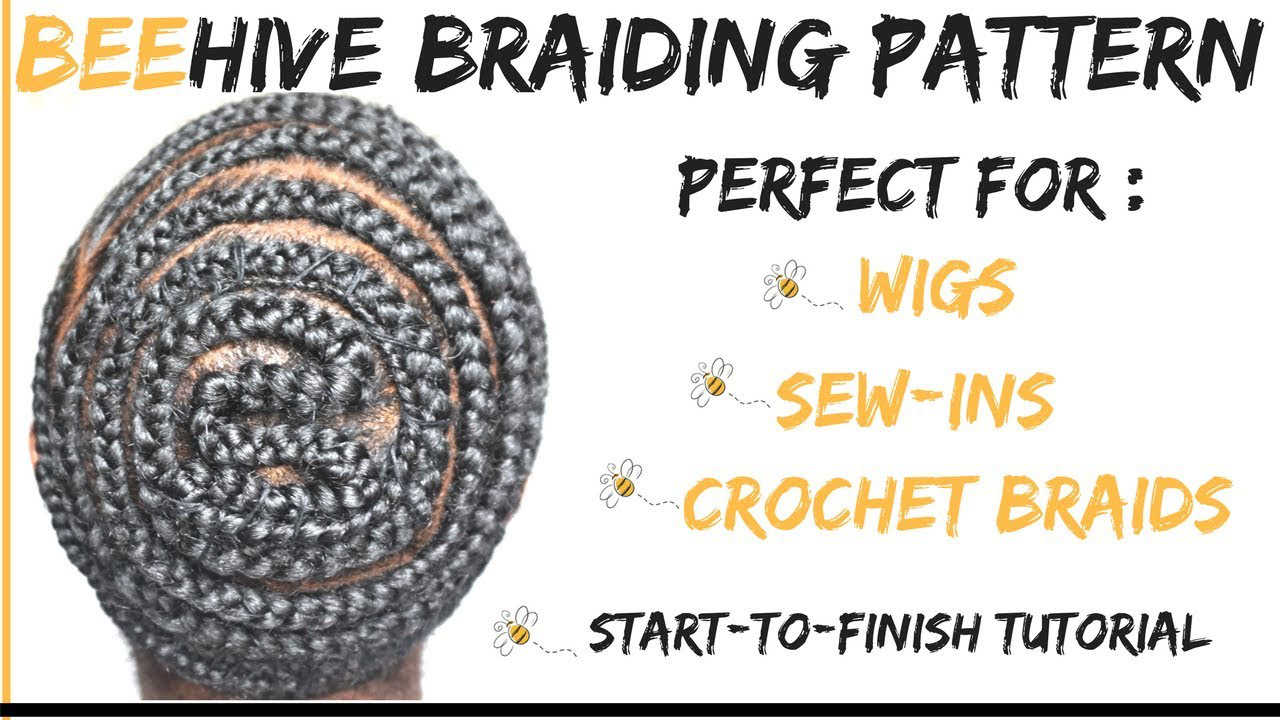
Youtube Tutorial: How to Beehive Braid
What are protective styles, protecting?
The word protective style wasn’t referred to as such back when my mother braided my hair when I was a kid. Since recent years, naturalistas have really come up with some interesting acronyms to describe natural hair techniques. They’ve even formed a glossary of terms. Twa (teeny weeny afro), APL (arm pit length), and BSL (bra strap length), all refer to hair length. Mainly, a protective style is a hairstyle that protects the ends of the hair. They usually last a few days, so they’re beneficial to anyone who doesn’t want to re-style his or her hair on a daily basis or over manipulate it. My hair is tightly coiled when wet, but to achieve my protective styles, I always work on it when the curls are in an air dried and stretched, or elongated state. Before doing any protective styles, I always moisturize the hair first. Moisturizing the ends, especially, and getting trims regularly will help to maintain the overall health of hair. If the ends are damaged, in a short matter of time, it’ll take a negative toll on the rest of the hair. Thinning, breakage and not retaining length are the ultimate results of not caring for the ends of hair. Keep in mind that you don’t have to get extensions, braids and twists or do buns in order for your hair to grow. If the hair follicles aren’t dead, hair will grow. I’ve seen women wear wash n’ go styles with their ends exposed on a daily basis and their hair still flourish. As I stated above, it just all depends on each individual’s hair and personal hair care habits.
Braid to protect, not neglect
What’s the purpose of spending time braiding my hair to protect it, if I fail to maintain it? I wash, deep condition and moisturize my hair while it’s in braids, if not, I’m defeating the purpose of protecting it. There isn’t a time frame for how often I wash my hair, but I try not to go more than 2 weeks while it’s braided. To deep condition, I like to use plastic bags and then apply heat or steam because the hair still needs strength and moisture. Using my body heat or external heat sources while conditioning, always brings me the best results. I use a thick moisturizer, so when in braids, I dilute it with water inside of a spray or applicator bottle and then apply it to the hair to moisturize it. When my hair is braided or twisted, it retains moisture longer.
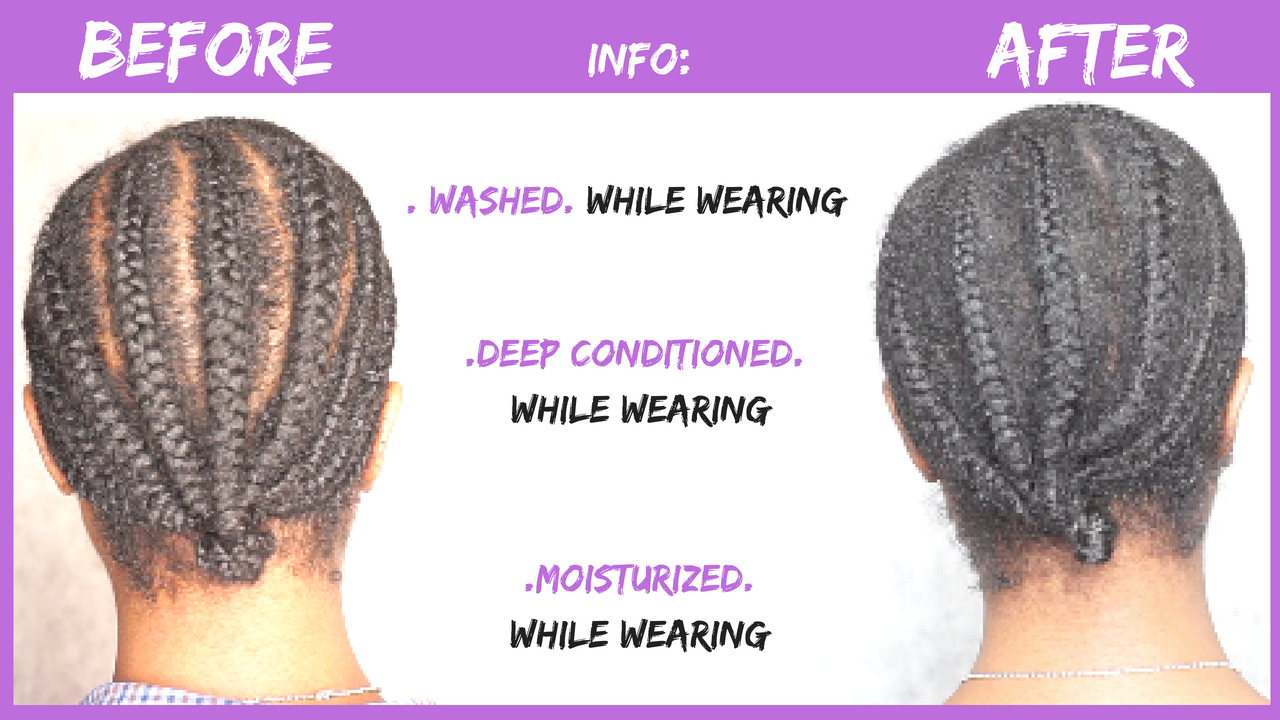
Braid it, enjoy it and let it grow!
I’ve never taken hair growth supplements or purchased a product that promises hair growth. I keep things simple and let growth naturally happen. I’ve always seen positive results after wearing braids, but only because I care for my hair while it’s braided and because I’m very careful and patient when taking them down. Taking down old braids safely and properly helps to retain the length gained while wearing braids. I use cornrows as a multi-purpose technique. I can wear them when I want to show off intricate designs, or I can hide them while I show off my wigs and clip-ins. If I want to create a style showing half of my natural hair in braids and half with extensions, I can do that too!
If you want to try something new, whether it’s trying extensions for the first time or wearing braids or cornrow styles, go for it! Either way, your natural curls will be protected and your styling options are endless. Love your hair, Enjoy your hair, and it will Grow!

